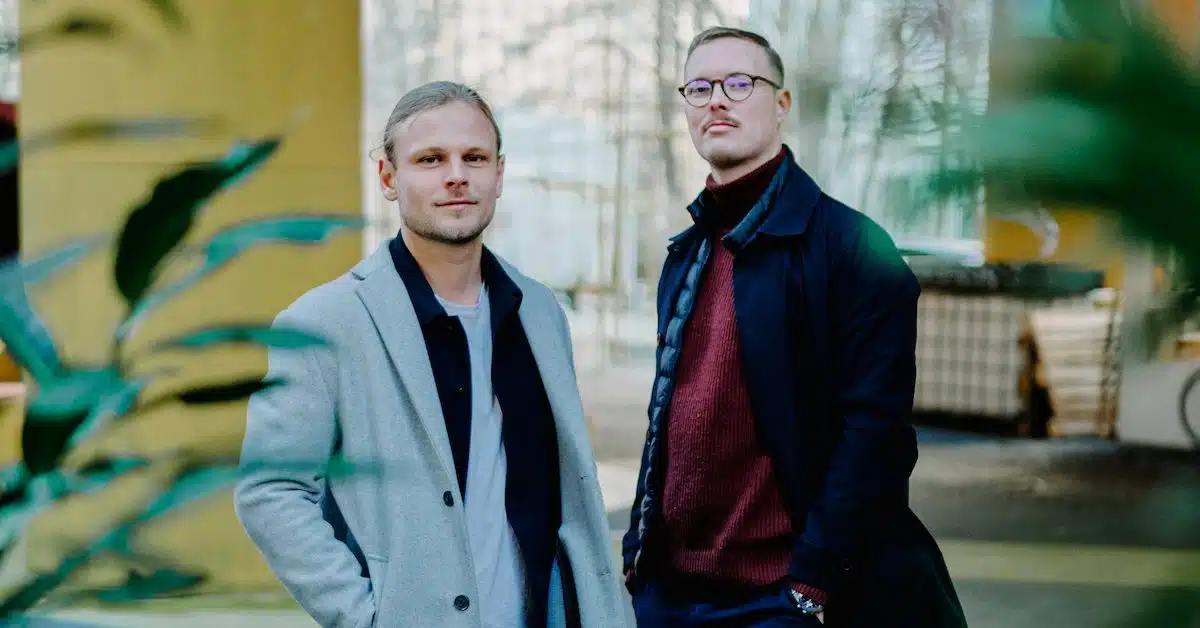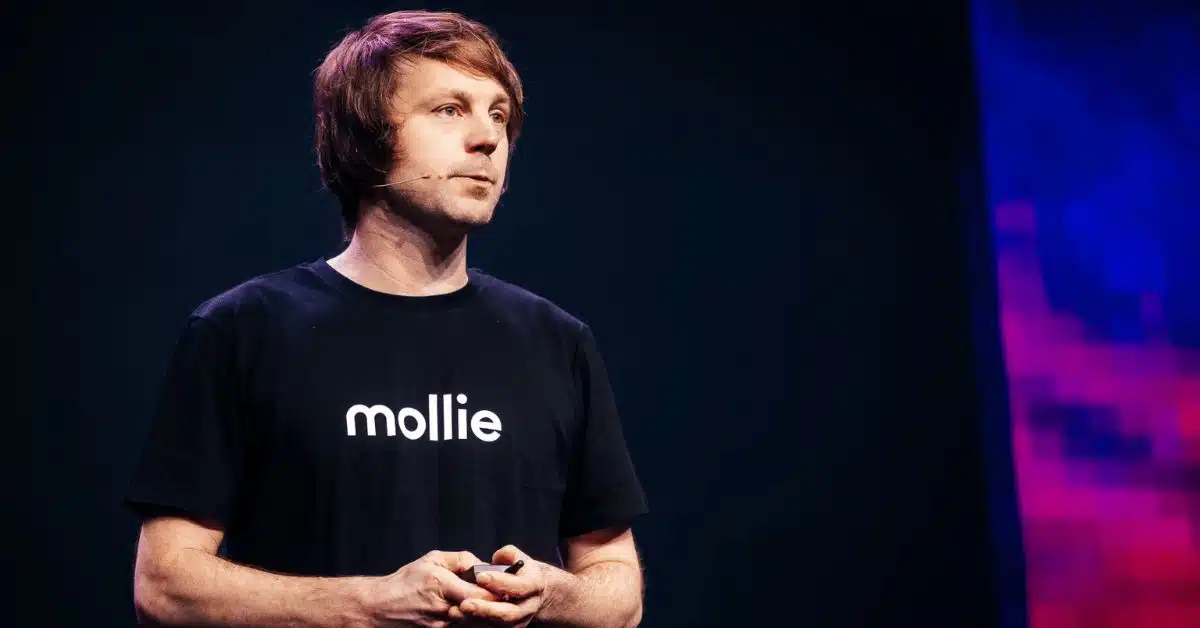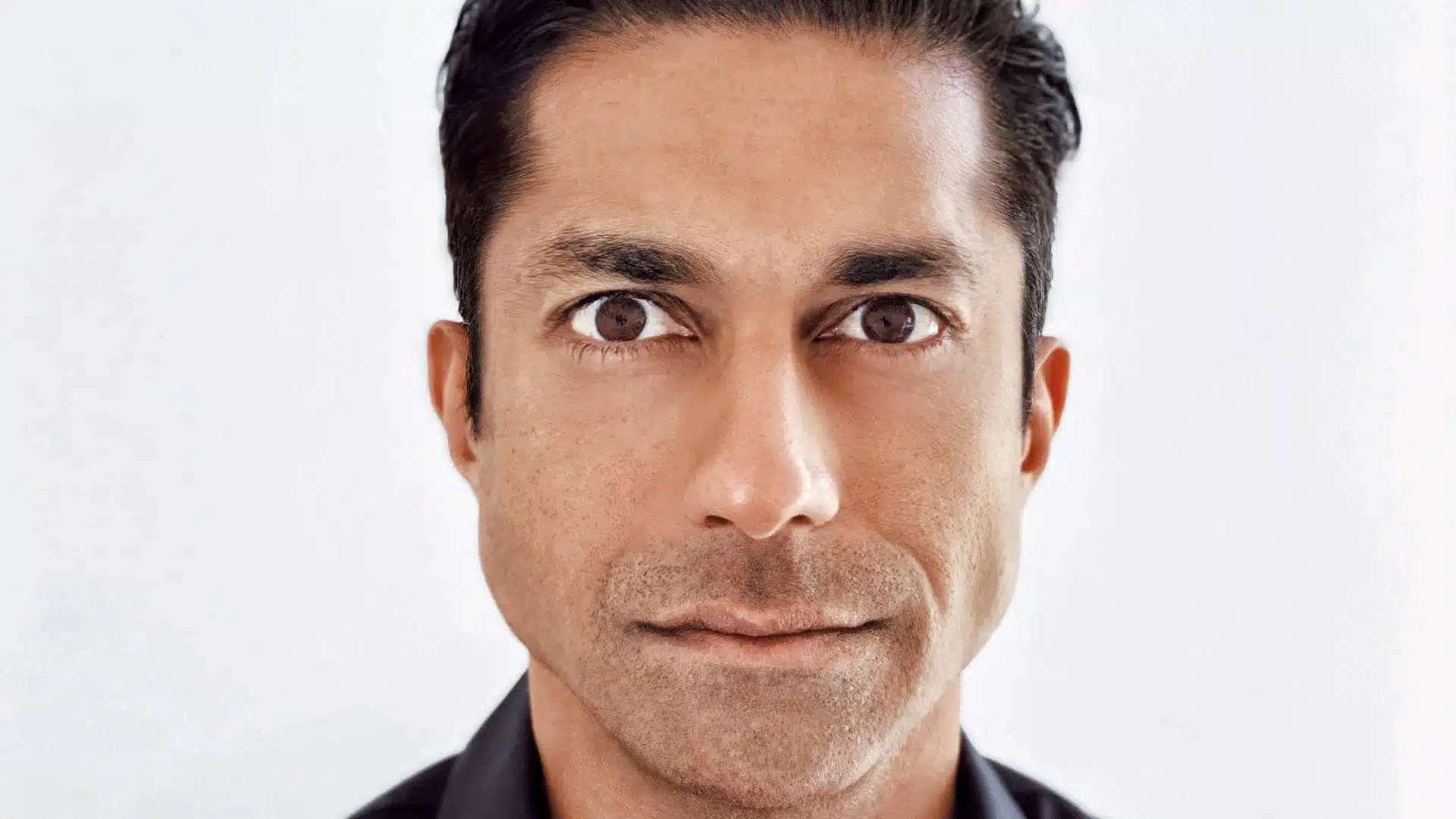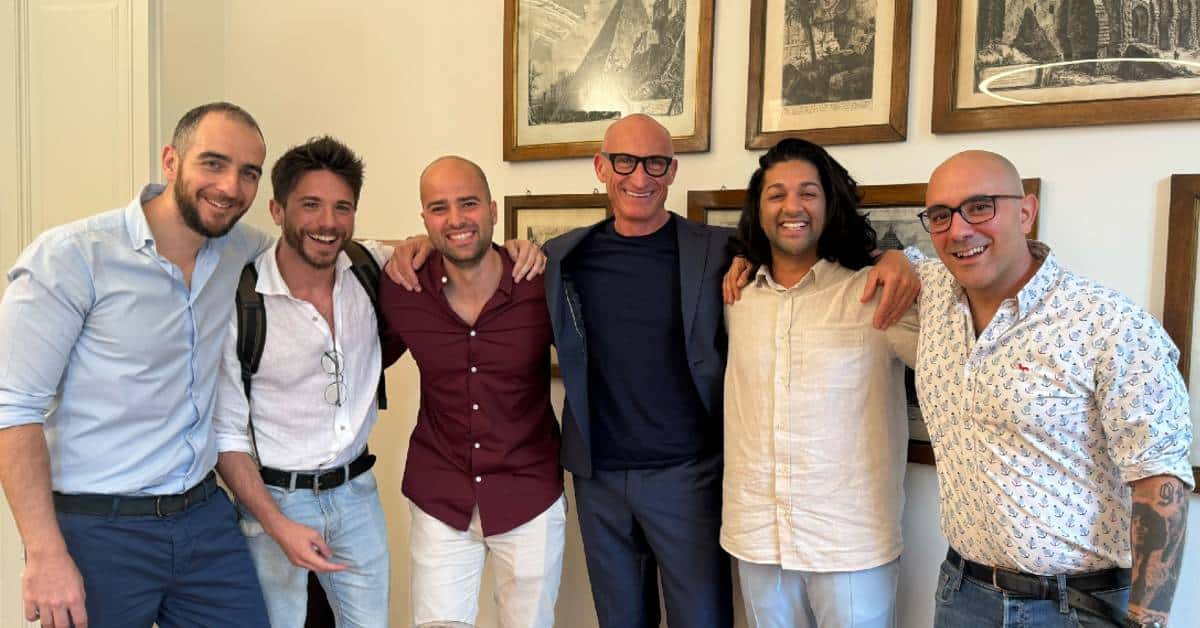The remarkable rise of generative artificial intelligence opened a universe of potential and brought a flood of founders and investors into the sector.
As a result, Generative AI will usher in a new age of human creativity, but only once we work with it properly.
Generative AI’s most profound implications and incredible possibilities are in creativity and content, where you find the challenges that will shape its future.
Understanding Generative AI’s current shortcomings and how to remedy them will determine future success. The “first movers” of the AI craze involve industries and sectors with seriously outdated processes; it took Generative AI to start a change, but anything would have helped.
But first, companies need to focus on the right problems and create models that enable human brilliance and continuously capture it.
Why what works for process does not work for content
The problems with content stem from a process that was under no pressure to evolve for centuries. Newspapers and TV channels, for example, had a virtual monopoly on the flow of verified information into society, until, suddenly, they didn’t.
The effect of this legacy is starkest in journalism. The loss of impactful but labour-intensive work, like investigations, and the urge to drive traffic through extreme biases and sensationalism are harming the world. Quantity rose, but quality fell away.
And that is key to understanding the issue facing Generative AI.
The hard part is not “Generating” the work. The hard part is conceiving the idea, finding new information, choosing how to present it, and then presenting it. It is a shifting confluence of quantifiable and intangible factors that inform a good content decision.
It is ridiculous to think that automating creative micro-decisions that factor in culture, moments in time, society, and language will produce good content.
You can automate to average at best – only by relying on information, media assets, and observations made outside your automation.
For the first movers, it is straightforward to feed financial, harvest, or supply chain data into a model that brings it up at a demand. This disguises the “hard parts”, gathering the data (the work of many people over many years) and then the end-decision, or combined effect of a series of decisions, made by highly specialised people.
To make original, accurate, and valuable content requires nuanced judgements enabled by being close to throughput – the entire production line behind the final output of content.
Both the inputs and outputs of a single piece of creative work require subtleties of judgement of equal importance to any larger-scale decisions – and if the labour-saving factors do not perfectly alleviate the need to make those decisions, those process stages are not improved.
In fact, in that scenario they’ve become worse: if you have to edit a single sentence or brush-stroke, being distanced from the labour becomes a severe disadvantage. Anyone who takes a minor creative risk – a quirk in their video, or a play in words that tests the rules of grammar – beats everything you produce.
Even if you nail it, content evolves so subtly and so quickly, you end up in the same position. The less labour-intensive it becomes, the faster it evolves and the faster audience expectations rise.
Tools change, but people don’t. Spellcheck did not eliminate the need for literacy – it just made us write faster.
Reimagining people, AI, and process for a new content reality
AI will always work best when built around the fundamental skills and creative powers of actual – good – journalists, creatives, and writers: to originate a story, fact-check it, and approve it for publication; to conceive ambitious artwork, refine it, and bring it together.
This is not a prophecy of doom – it’s the start of a revolutionary age for creativity. This is why I created my company and spent 5 years proving it across every possible scenario. Those who do content well will win big, but that means combining human brilliance with AI as a solution.
The latest Google update obliterated a host of companies using generative AI to spam the world. I’ve seen this happen up close – a client insisted on using us for localisation only, and used ChatGPT to lay out their drafts. It went well for 6 weeks – then their entire investment went up in smoke.
There is already a lot of content—content about everywhere and everything—but it is rarely informative, assuming it is accurate. We do not need more.
That client experiment happened before Google’s update – it was natural selection.
Authority in content will proliferate as specialists in niche areas emerge, their quality standing out from a sea of mediocrity. That means the winners will also become the de facto authorities for their niches.
General-purpose, average content rapidly becomes useless. Even if that content has great SEO, Search is adapting to the new reality, and even if optimised-but-average content gets traffic for now, it will lose audience trust.
How mistakes in generative AI happen
Every time a new tool comes on the market to “solve” some content aspect, another countdown begins.
Huge investment is going into Generative AI wrappers that have focused use cases but no competency in originating the inputs they get from ChatGPT. Even those that approach it differently have the same flawed assumptions about the product.
Using GPT-4 or an equivalent to automate a structure for SEO, by definition, guarantees that those structures will end up classed as spam, whether by search engines or by people.
People are pouring money in because they can understand and contextualise the application of Generative AI with other technologies, but it is a victim of the same forces that plagued content investments.
Those who know content are not thinking differently; those who think differently don’t know enough about content to understand the problems to solve, let alone how to break the problems down into solvable processes. They either don’t credit disciplines other than their own (usually coding and climbing academic ladders) or think automating to a finished product will de facto eliminate the issue.
The best example is “fact-checking.” What startups really mean is corroborating via news sources or Wikipedia, etc. – this is not real fact-checking (which goes much deeper). It kills the chance for editorial judgements on information and the opportunity for subtle style changes.
The developers may not see that as either possible or relevant – and that is precisely why they are not qualified to make these judgements. Content specialists, journalists, and media leaders share the blame here: holdover attitudes from before the digital age stifle original thinking and remain prevalent across age cohorts.
The safest route, so the thinking goes, is to make tools. That can work, but not to the potential that Generative AI should carry.
Investors want to back tools they can license. Imagine the best-case scenario: a dream client plugs all these new AI solutions into their centralised system. Now, they theoretically have less to do – but even if it works perfectly, internal and external expectations shift, and they suddenly have to manage a Frankenstein monster of plugins for just a subtle difference. That is more work, not less, just to maintain an average outcome.
Founders and investors who do not understand how the above scenario is inevitable will be ruthlessly punished by the market. There is no out-spending that fate.
Why solving Generative AI reveals the future of work
Content is about people, society, and how we think. It is the basic social function of communicating an idea – through both language and all that is left unsaid – from one person to another. Whether a mock bird call in the jungle, an immersive VR experience of the aftermath of war, or rebellious fashion trends.
What sets Generative AI apart from prevailing wisdom is that the enormity of its potential demands a correspondent revolution in content processes.
Generative AI demands a total rethink of how we work with technology, and how to reconstitute work itself.
Everything from how content is made, to how expertise is cultivated – even how people are found, trained, and engaged – has to be remade to fit a system that enables higher thinking. That system can then enable the capture of “higher thought”, leading to the cultivation of Generative AI models with functions that have lasting creative and informational utility.
To do this, every element of these Generative AI systems has to be radically different from what came before. That includes how you develop talent as well as technology.
Every process must deliver efficiency gains on its own, work as part of a grander whole, and allow for managing, adjusting, and optimising AI throughout the system. The leaps of efficiency these radical changes demand must be apparent at scale, at the micro level, and when evaluating every element independently.
This is how you build the flexibility creativity demands into a Generative AI solution.
Integrating people with technology
Content has a bright future – the brightest ever – but it will only come by moving us closer to the core of what content really is: extracting an intangible “idea” out of the world and getting it to other human brains.
Current Generative AI thinking distances people from influencing content’s communicative core, and that needs to change.
Changing processes in this way will be extraordinarily difficult, from understanding the necessity to conceiving how and all the way through to implementation. It will take a lot of hard work to accomplish these goals.
And so it should.
What comes after will be the true age of creativity, dwarfing anything humanity achieved before. It is worth the struggle.
Author
Blaise Hope founded Origin Hope in 2019 and is its CEO. He is an expert on generative AI, content, human-tech workflows, and geopolitics. He started his career at Lippo Group and became chief editor at KLY.id. Hope holds a Bachelor’s degree from the Medill School of Journalism at Northwestern University, earned a rugby international cap, and guest-lectures at universities in the US, UK, and Indonesia in both Bahasa and English.








01
Meet the 10 promising startups selected for Glovo Startup Lab